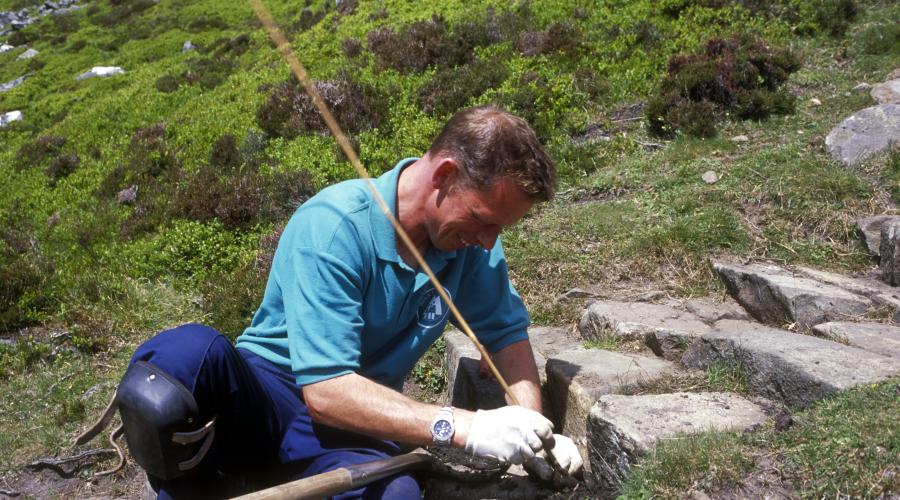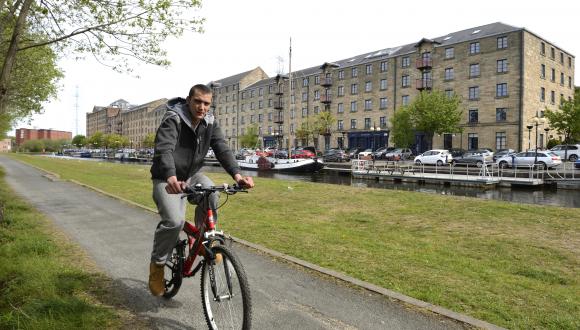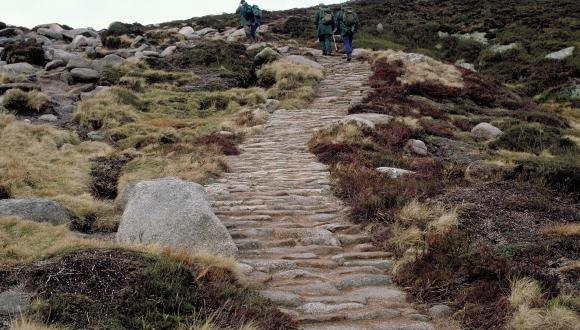
Managing local path networks
Access authorities have a key role to play in bringing about further progress on local path networks.
Good progress has been made in improving local path provision and developing core path plans since the Land Reform (Scotland) Act 2003 came into effect in 2005. But more still needs to be done.
Further efforts must be made to:
- improve the coverage and quality of local path networks
- enhance local path provision for a range of users – e.g. cyclists, horse riders, people with disabilities
- increase use of local paths for recreation and active travel
Core path plans
Core paths are the basic framework of key routes within an access authority’s area, which provide for users’ main needs.
Under Scottish access legislation, each access authority (local authority or National Park authority) must draw up a core paths plan for the area. This establishes its core paths, identified with the help of local communities, land managers and path users.
Core path plans have already helped to unite local path networks and, in turn, provide better access to the outdoors.
How to strengthen the network
Access authorities have powers to review the overall provision of local paths and to further strengthen the networks.
To strengthen the networks, access authorities can:
- implement priority path proposals identified through core path plans and other community consultations
- respond to plans by providing paths to allow active travel to, from and within new housing, schools, hospitals, and business and retail parks
- develop traffic-free walking and cycling routes in settlements and on links to path networks in the urban fringe and beyond – with train and bus transport, if possible
- improve path links to parks, nature reserves, visitor attractions and other sites used for outdoor recreation and sport
To support action on local path networks, NatureScot will:
- help to develop and promote best practice on how to plan and design paths as part of green networks and sustainable places
- build a national perspective on the demand for further path development and provide advice on next steps for local paths delivery





